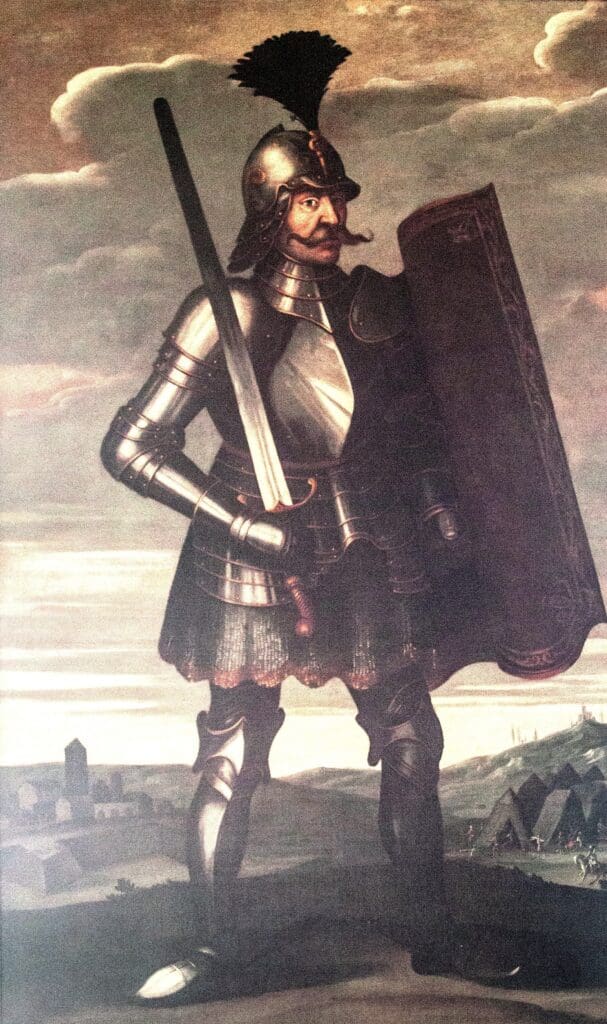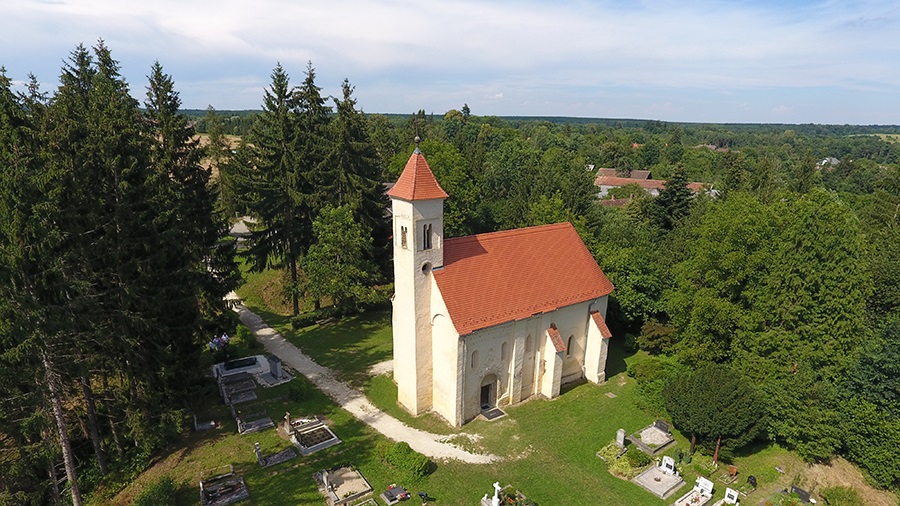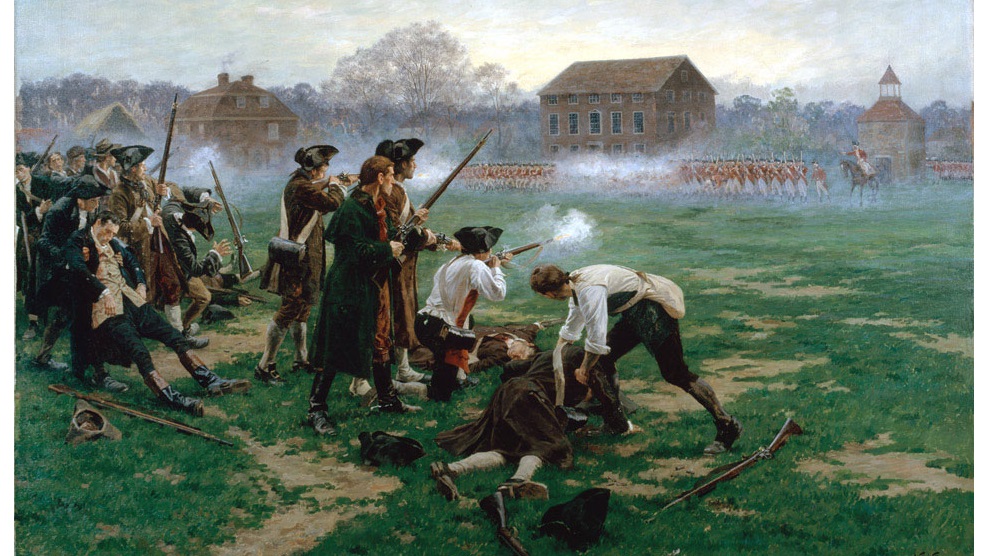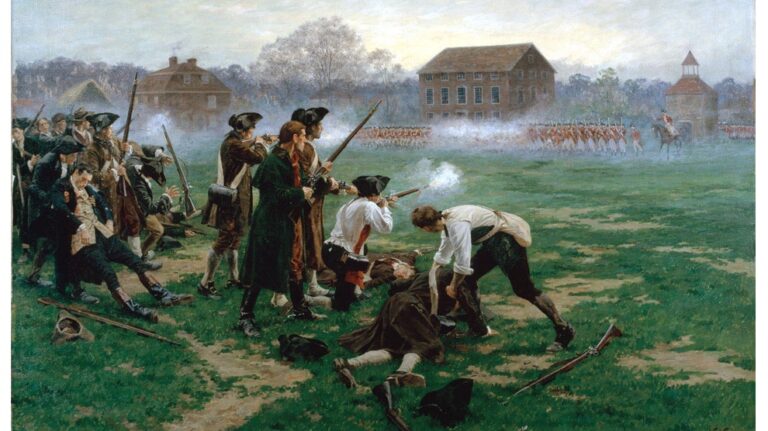‘Where is our place in Europe?’ This is the question the official webpage of the Rubicon Institute’s event, a conference looking at the history of the co-existence of Danubian nations posed to visitors. The conference that took place at the Buda campus of Mathias Corvinus Collegium was titled ‘Danubian Nations Joining Forces’, and it featured a series of lectures by expert historians.
The first speaker to take the stage was professor emeritus Ambrus Miskolczy from Eötvös Loránd University (ELTE). He focused his speech on one person: the great medieval military and political leader János Hunyadi, the victor of the battle at Belgrade where the multinational army of Christian forces united under the banner of the Kingdom of Hungary defeated the Ottoman Turks in 1456. Hunyadi, also known as Janko Hunjadi, Sibinjanin Janko and Ioan de Hunedoara) was a force holding together troops from many nations, and was even lauded as a symbol of internationalism during the time of the Communist regime in Hungary. More recently, some Romanian historians like to claim him as their own. Whether Hunyadi was indeed of Wallachian ancestry is debatable, but what is certain is that he had to keep an international coalition together to repel the ferocious Ottoman forces—not only for the sake of his own country, Hungary, but for the whole of Europe.
One of his biggest international allies was Đurađ Branković, Despot of Serbia who aided him with 8,000 of his men during his 1442 ‘Long Campaign’ against to Ottomans. Branković and his nation of Serbians were looking to liberate themselves from Ottoman oppression, just like many other peoples in the Balkans did at the time. Professor Miskolczy pointed out that international historians are still reluctant to label Hunyadi as a great military strategist or an astute diplomat. However, he was undoubtedly a fearless soldier and a charismatic leader.

Keeping with the theme of the Ottoman threat, Géza Pálffy, leader of the ‘Momentum’ research group studying the Holy Crown of Hungary, spoke about 1526, ‘the year of watershed moments’, as he called it. This was the time when the Kingdom of Hungary was broken up into three parts: one under the Habsburgs, ruled by Ferdinand I of Austria, one under the rule of John I of the House of Zápolya, and one under Ottoman control.
What professor Pálffy elaborated on was how diverse the Habsburg Empire, which encompassed part of the historical Hungarian territory, was at the time. When Ferdinand I died, the flags of 19 nations were displayed at his funeral service. Evidently, the flag of the Holy Roman Empire was in the most prominent place. However, the Hungarian ensigns came in a close second, followed by Bohemia’s.
As the speaker pointed out, for much of its history, Hungary existed under the rule of the Habsburg dynasty, as a separate kingdom from the Holy Roman Empire with ‘restricted sovereignty’. Professor Pálffy noted that during the period between 1526 and 1918, Hungarians made compromises more often than they started revolutions.
One of those times of rebellion was the 1848–1849 Revolution and War of Independence. Professor emeritus Gábor Erdődy, the second speaker from ELTE of the day, talked in detail about what two of the political leaders of the revolution, László Teleki and Lajos Kossuth, had in mind had their efforts been successful in creating an independent Hungary. The two continued their discussion through letters, while they lived in exile after the revolution was ultimately crushed.
As the fights were still ongoing, neither of them was considering giving any sort of autonomy to the nations living inside the territory of the Kingdom of Hungary—they were thinking of a country of Hungarian citizens speaking many languages. However, during his 1849 visit to Paris, Teleki was faced with the fact that many in the West saw Hungary as an oppressor of the minority nationalities living there.
Realising that thus this was the only chance for an independent Hungary, Teleki changed his views drastically, as he told Kossuth in a letter. Teleki envisioned a confederation of Danubian nations, even if that meant giving up the former powerful position of the historical Kingdom of Hungary. Initially, Kossuth was categorically against the idea, especially giving autonomous powers to Serbian Vojvodina. However, by the time he was drafting a new Constitution during his time in Kütahya, Turkey in 1851, he too was thinking in terms of a democratic confederation of autonomous nations, with an elected President and Senate. This evidently would have been very much akin to the United States’ system of government, a country Kossuth himself visited later that year.
The idea of a United States of Danubian Nations came up once again in the history of Hungary. It was proposed by sociologist and historian Oszkár Jászi (with Austria included, despite the historical animosities) in the spring of 1918. At the time, it started to become evident that the Austro-Hungarian Empire would not exist for much longer, nearing the conclusion of World War I. László Szarka, a senior research fellow of the Rubicon Institute talked about this historic proposal, which was in big part modelled after Kossuth’s plans from more than half a decade ago.
This may seem far-fetched to a reader today, but a Danubian federation similar to today’s American or German models had a very real chance of taking shape for some time.
According to Mr Szarka, this was close to what 27th US President Woodrow Wilson had in mind when he drafted Point Ten, which referred to the fate of post-war Austria-Hungary, of his famous 14 Points at the tail end of the Great War. However, he was eventually dissuaded from the idea by Czech President Tomáš Masaryk. This ultimately led to the state of affairs outlined in the infamous Treaty of Trianon in 1920—the terms of that treaty were described as a ‘Gordian knot’ solution from the great Western powers by another prominent figure in Hungarian politics of the day, and a fierce critic of Jászi, István Bibó.
In the fall of 1918, Jászi outlined yet another plan for a constitution for a federation of Carpathian nations, this time based on the Swiss form of government. However, as time passed while he was working on his new proposal, it became more and more evident that it would never come to fruition. Alas, even Jászi himself was fully aware by the time he finished his work that posterity would look at it as nothing more than an interesting glance into an alternative history, almost just plain fiction.







